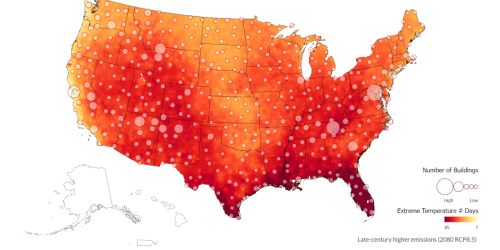Researchers from NOAA/CSL, NOAA/PMEL, and CIRES, funded by CPO’s Climate Variability & Predictability (CVP) program, simulates the growth of cumulus clouds from small, shallow “sugar” clouds to wider and deeper “flower” clouds clusters as observed during the ATOMIC field campaign in early 2020. Their work will help scientists better represent clouds in global earth system models for future weather and climate prediction and projection needs.
Lead author Pornampai Narenpitak, joined by Jan Kazil, Takanobu Yamaguchi, Patricia Quinn, and Graham Feingold, found that large-scale winds help deepen the cloud layer while local air circulation was responsible for making the moist and cloudy areas more moist, and dry and cloud-free areas drier, enabling the process responsible for the “sugar” to “flower” transition. Their findings, published in the Journal of Advances in Modeling Earth Systems, provide insight into the relationship between trade winds and shallow convective clouds.
Funded in part by CVP, ATOMIC took place in the tropical North Atlantic east of Barbados and investigated cloud and air-sea interaction processes with the goal of advancing understanding and prediction of U.S. weather and climate. Conducting the study during winter allowed researchers to observe the ocean, air, and clouds in near isolation from hurricane impacts, and to gain better insight into the ocean’s involvement in making clouds that affect larger weather and climate patterns. ATOMIC was the U.S. complement to the European field campaign called EUREC4A.










